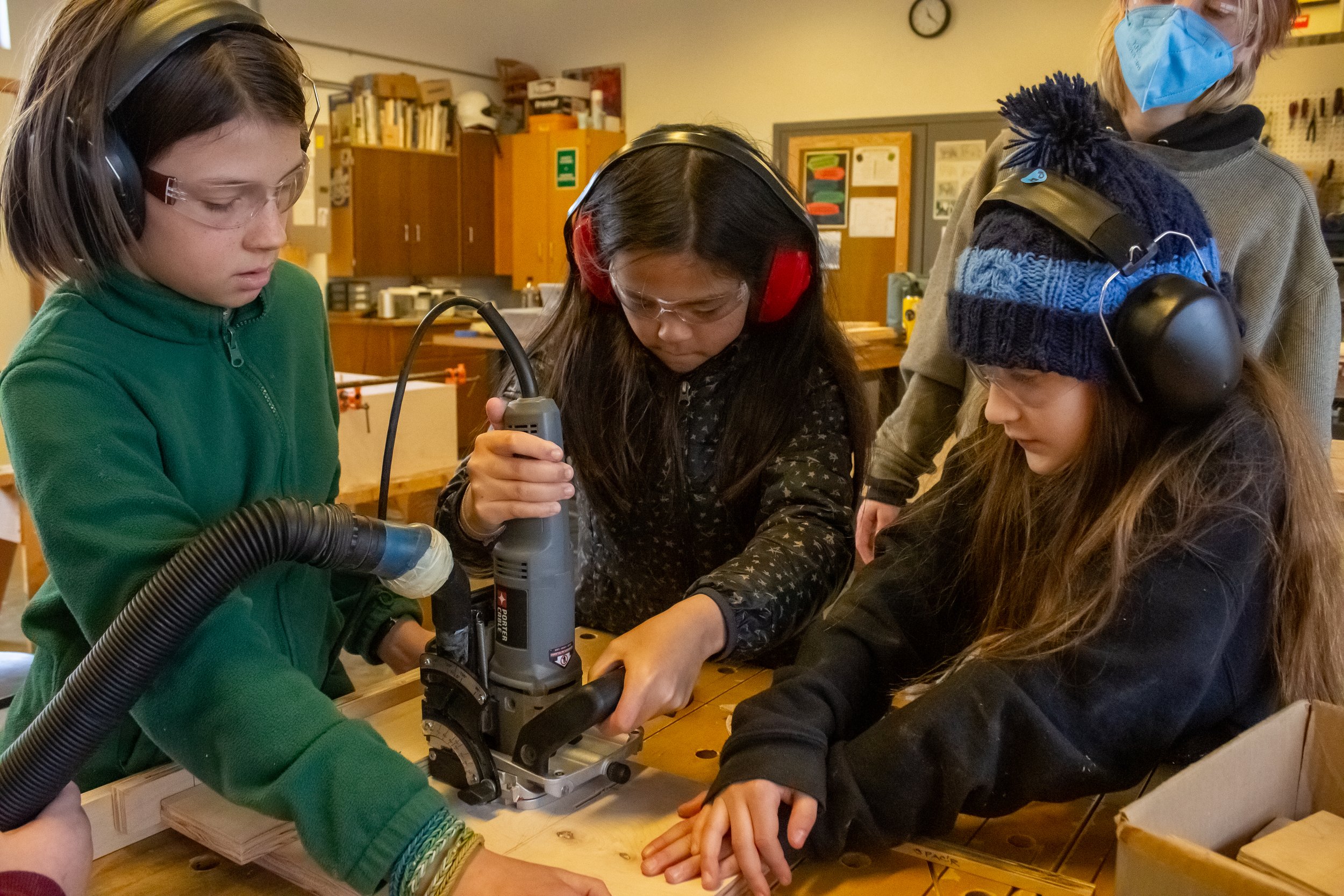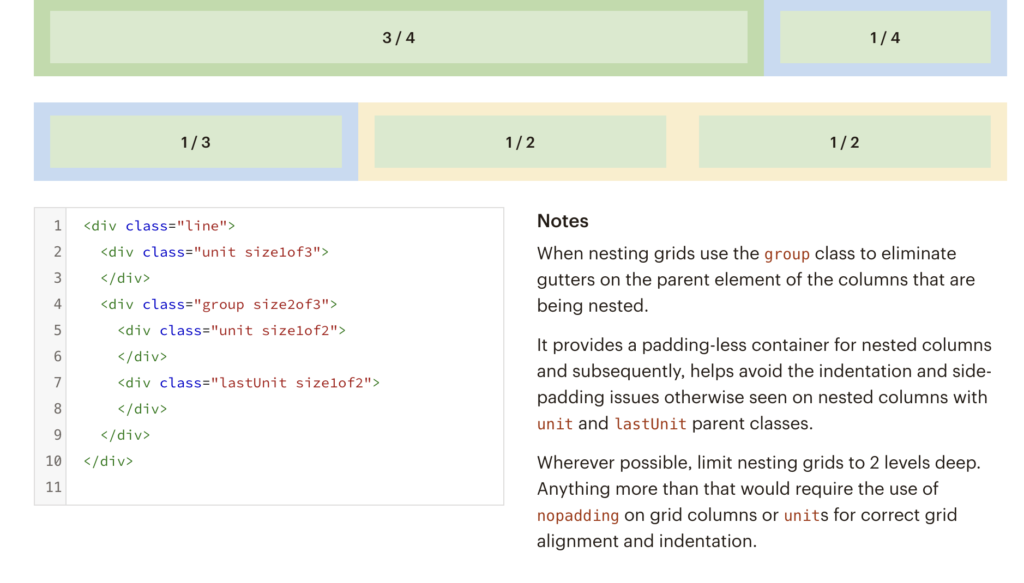If I had $25,000 to donate to a local non-profit, I would give it to Coyote Central.

Coyote Central is an arts organization for kids. They run classes and after school/ during break programs for kids and teens year- round.
I think a lot about kids and teens and how they use their free time and what opportunities they have to connect with others. I think after school programs are so important for building connections between kids and give opportunities for kids to have older mentors. They were really important for me growing up. When my family decided I was old enough to stay at home alone and I stopped going to after school programs, I remember it being a really lonely time in my life. Childcare is so expensive, but so important, and organizations like coyote offer kids a third space to make connections and be themselves outside of school and their homes and build individual identities and explore interests. Spaces like this need to be far more accessible for all families. Most Coyote’s programs are “pay what you will,” which allows kids to access their services no matter their economic background. I also am a huge believer in the power of arts to expand minds and help individuals develop into well-rounded human beings.
I had the luck to participate in one coyote workshop as a teen and it was a lot of fun. We all worked on building a treehouse together. We learned carpentry techniques and got to meet a local craftsperson and get to know an elder in our community. It was also a great opportunity to meet other kids from across Seattle of all different backgrounds and work together on a common goal.
A donation of $25,000 would allow Coyote Central to continue offering free and low-cost programs like this to kids in need.


